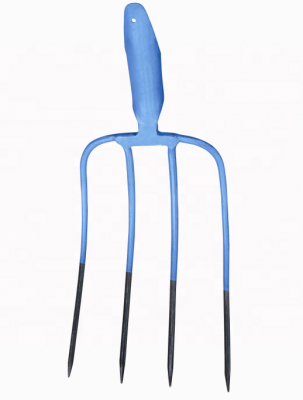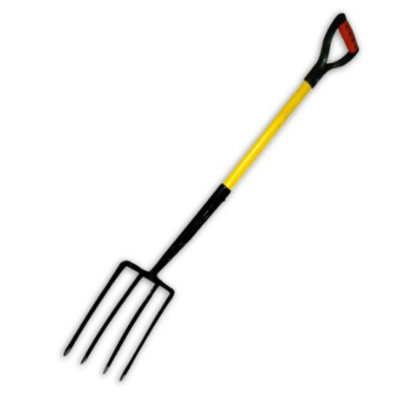The history of lawn mowers dates back to the 19th century and has evolved significantly over time. Here’s a brief overview of the key milestones in the history of lawn mowers:
- Early Manual Lawn Cutters (circa 1800s):
- Before the invention of mechanical mowers, lawns were maintained using scythes or sheep grazing. These methods were labor-intensive and time-consuming.
- First Patent for Lawn Mower (1830s):
- The first patent for a mechanical lawn mower was filed by engineer Edwin Budding of Stroud, England, in the early 1830s. Budding’s design featured a cylinder or reel with blades that rotated against a stationary blade, cutting the grass in a scissor-like motion. This concept laid the foundation for modern lawn mowers.
- Commercial Production (1850s):
- Budding’s design was refined and commercialized by various manufacturers in the 1850s. The machines were still relatively heavy and required manual pushing.
- Steam-Powered Mowers (late 1800s):
- Steam-powered mowers were introduced in the late 19th century, offering more efficient grass cutting for larger areas. These mowers were used primarily in parks and estates.
- Gasoline-Powered Mowers (early 1900s):
- In the early 20th century, gasoline-powered lawn mowers became more popular. They were lighter and easier to operate than steam-powered mowers, making them more accessible for residential use.
- Development of Rotary Mowers (1920s):
- The early 20th century saw the development of rotary mowers, which used a horizontal blade to cut grass in a spinning motion. These mowers were lighter and better suited for uneven terrain.
- Lawn Tractors and Riding Mowers (1930s-1940s):
- The 1930s and 1940s brought about the invention of lawn tractors and riding mowers, which allowed homeowners to sit while mowing their lawns. These machines were a precursor to the modern riding mowers we see today.
- Electric Lawn Mowers (1950s):
- Electric lawn mowers began to gain popularity in the 1950s as technology improved. These mowers were quieter and produced fewer emissions compared to gasoline-powered models.
- Advancements in Design and Technology (1960s-1990s):
- Over the decades, lawn mower designs continued to improve, becoming more efficient, ergonomic, and user-friendly. Mulching and bagging attachments became common features.
- Battery-Powered and Robotic Mowers (2000s-Present):
- Battery-powered lawn mowers gained traction in the 2000s, providing an eco-friendly alternative to gasoline-powered models. Robotic lawn mowers, capable of autonomously mowing lawns, also became available, offering convenience and automation.
- Focus on Sustainability and Efficiency (Present and Beyond):
- In recent years, there has been a growing emphasis on eco-friendly lawn care practices. Manufacturers are developing mowers with improved fuel efficiency, lower emissions, and quieter operation. Sustainable landscaping and native plant choices are also influencing lawn care trends.
The history of lawn mowers reflects the ongoing quest for more efficient and environmentally friendly ways to maintain outdoor spaces. From the early manual cutters to today’s robotic mowers, these tools have played a significant role in shaping the way we approach lawn care and landscaping.
































